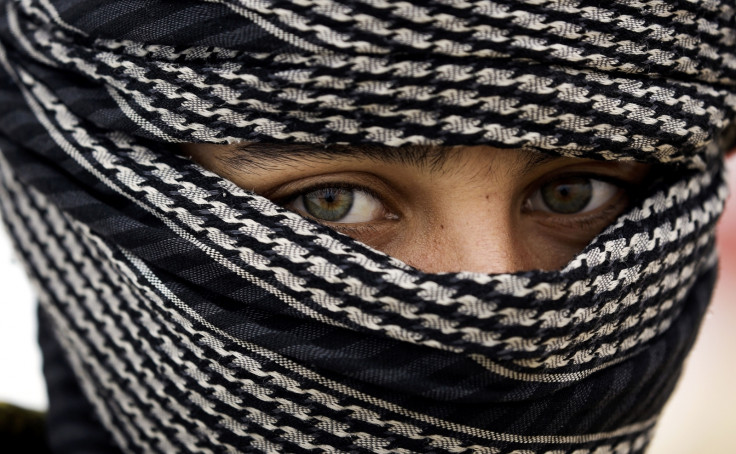British ISIS bride begs to return home as 'civil war' breaks out in ISIS refugee camp
Shamima Begum hopes to return to the United Kingdom while her refugee camp is torn apart by violence initiated by women who still support ISIS.
At the age of 15, Shamima Begum, along with two other friends left the United Kingdom to join the Islamic State of Iraq and al-Sham (ISIS). Nearly five years later, Shamima wants to return to the UK and says that the death of her three children is the reason why she hates ISIS. While she awaits any hope of return, the old refugee camp where Shamima has lived in has seen a rise in violence among women.
In 2015, Shamima left for Syria following the footsteps of her schoolmate Sharmeena Begum. Shamima was married off to ISIS member Yago Riedijk. As ISIS forces were pushed back, Shamima along with other ISIS brides and children trekked across the desert and reached the Al-Hawl internment camp.
After the fall of ISIS, Shamima wanted to return to the UK to be with her family. However, claims that she was a part of the hesba and her own statement that the sight of a severed head did not faze her, dissuaded the Home Secretary from allowing her to return.

Recent news of Shamima's return to the UK under a new identity was proven false. Richard Pendlebury of the Daily Mail met the controversial ISIS bride in the Roj Camp for an interview. She blames the death of her three children on the ISIS. She claims that the death of her children was enough to polarise her against the organisation. Shamima claims that her mental health has deteriorated and that she is isolated since she has lost contact with her friends and family.
The situation at Al Hawl camp has become akin to a civil war. ISIS brides have turned against each other, leading to tent fires and murders. Daesh supporters are taking out their rage against those ISIS brides who are no longer in support of the terror organisation.
The Sun reported the murder of a six-month pregnant ISIS bride of Indonesian origin. Many women and children in the camp are still spreading extremist beliefs forcing the authorities to separate the extremist members from the other residents of the camp.
© Copyright IBTimes 2025. All rights reserved.





















